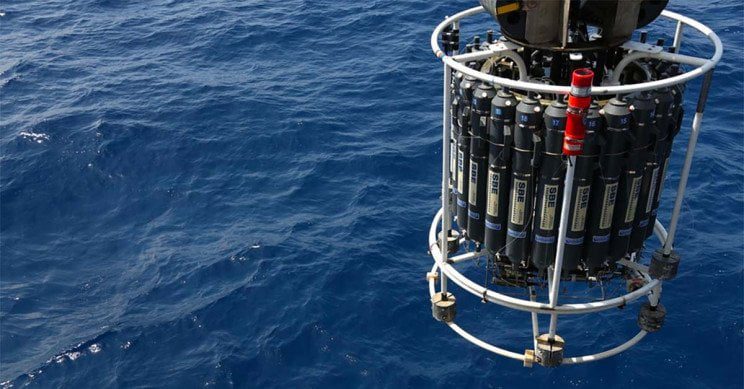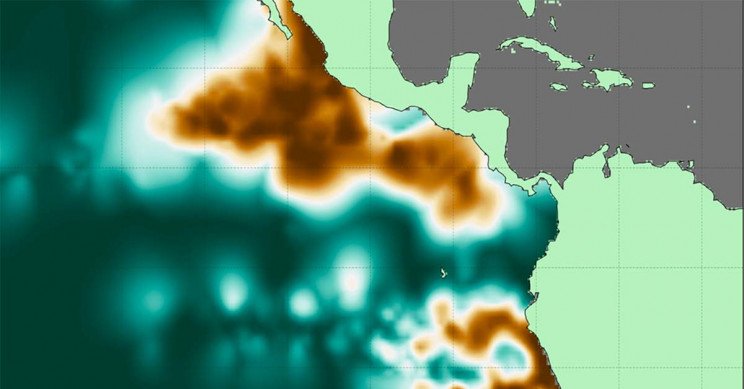A team of researchers from the MIT (MIT) worked on creating a 3D atlas. The map, made in detail, indicates which oceans are in lack of oxygen.
The scarce presence of oxygen in the oceans, is a threat to most existing marine species, and is a problem that should absolutely not be underestimated. For the moment, the 3D atlas focuses on the regions of the tropical Pacific Ocean, but the plan is to map practically the entire world.
Jarek Kwiecinski, the researcher who developed the 3D atlas together with Andrew Babbin, Cecil and Ida Green, reiterated the importance of project:
It is widely predicted that the oceans will lose oxygen as the climate warms. But the situation is more complicated in the tropics where there are large oxygen-deficient areas. (…) It is important to create a detailed map of these areas in order to have a point of comparison for future changes.
Jarek Kwiecinski

MIT research and the 3D Atlas
The research was published in the Global Biogeochemical Cycles this week, giving us some more information.
We found that the 3d atlas map covers two main ODZs (areas lacking in oxygen) in the Pacific.
The first which extends along the coast of South America, and has a volume of water equal to 600.000 cubic kilometers; the second zone is located off the coast of Central America, and is almost three times the size of the first.
To build the maps that make up the 3D atlas were used approximately 15 million measurements. Years of research have proved essential to better define the characteristics of marine ecosystems and the worsening of oxygen levels.
According to the International Union for Conservation of Nature, the world's oceans have lost about 2% of their oxygen since the 50s and are projected to lose an average of 3% to 4% by 2100.
Every year, the oceans warm up and are able to retain less and less oxygen. All reserves are concentrated in the deeper areas, and the surface remains poor in oxygen. In addition to global warming, oxygen levels are affected by algal blooms, which result from the runoff of fertilizers along coastal regions.
All this does nothing but worsen the living conditions of marine fauna, causing violent migrations and the extinction of some species.
“There is much more that can be done with this data collection to understand how the ocean's oxygen supply is controlled,” Kwiecinski said.


